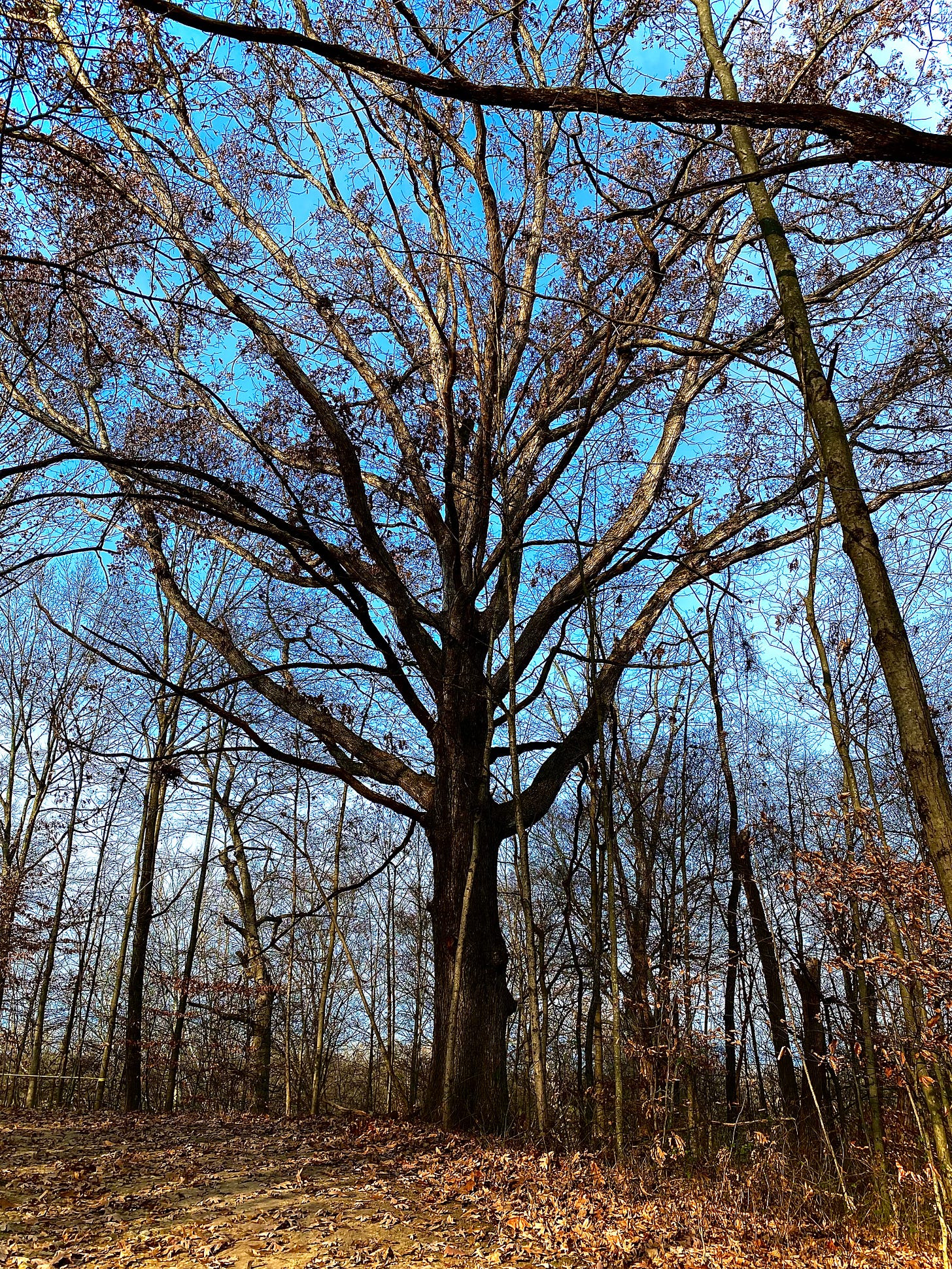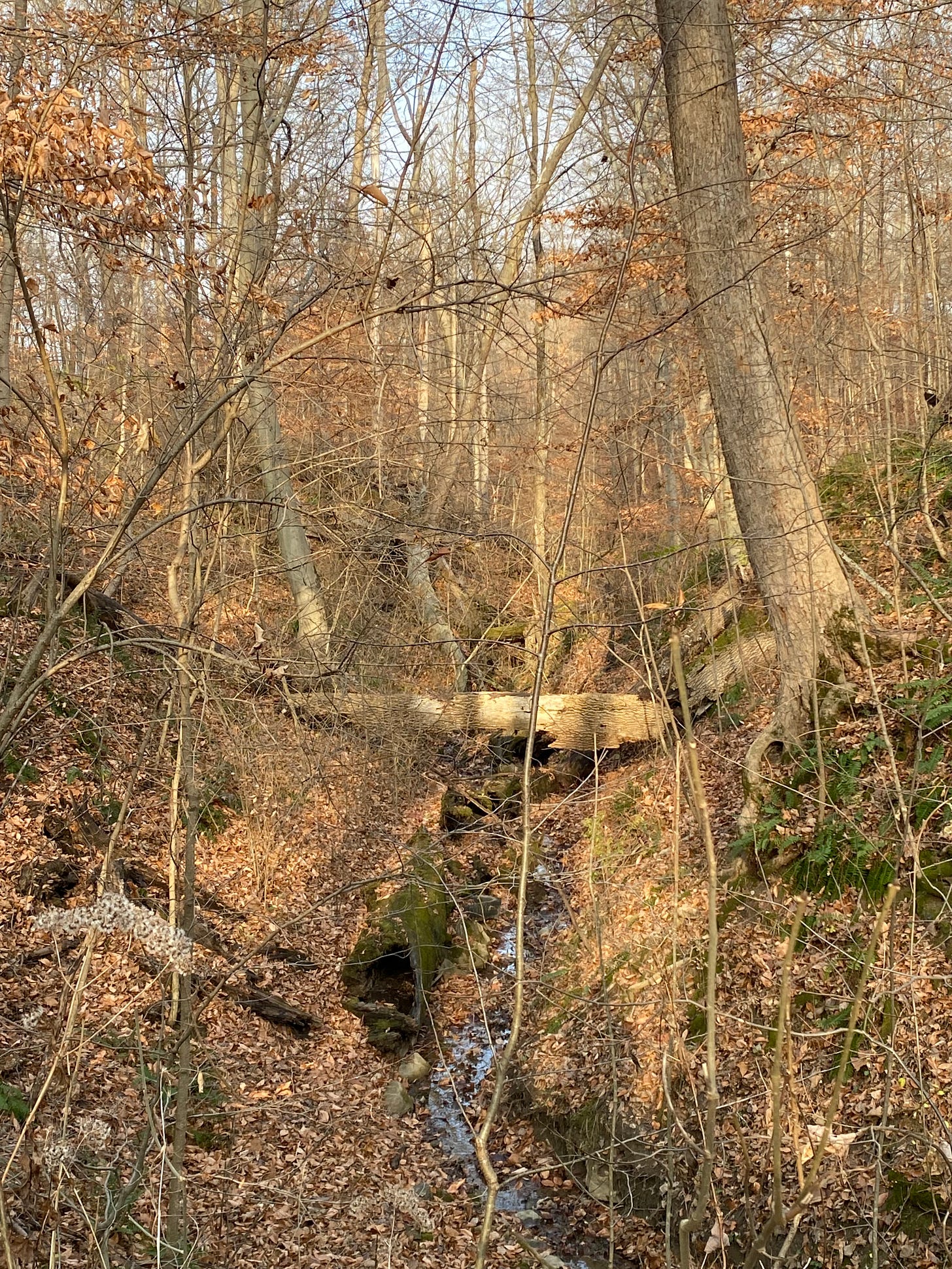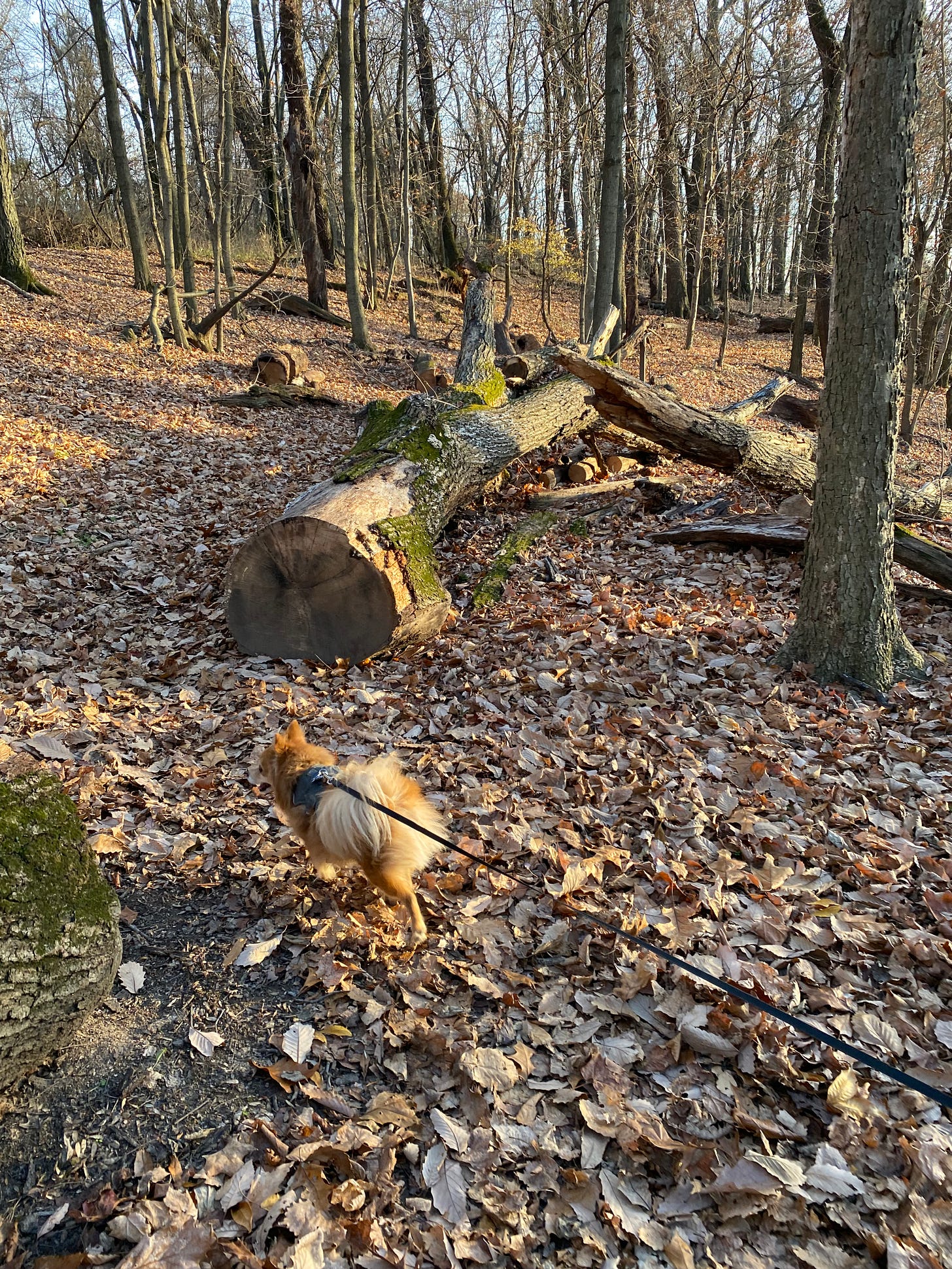When you were a child did you play in a tree or did you have the good fortune to have a treehouse to climb into? I never recall having a treehouse with siblings or friends, crudely or finely crafted or otherwise. I imagined having a nice space in tree canopy to ladder up into the sacred sanctuary of a treehouse.
Also, I do not recall the first time I hugged the first tree. I know I go to bed and stay emotionally secure having hugged one, and many times. This type of embrace is not necessarily known as dendrophilia, literally means "love of trees". It is however connectedness with a world so immense, alive and comforting.
The third definition
The word tree hugger is used as noun and has a variety of definitions based on who is defining it, as well as their own embedded bias. In a derogatory informal sense, it is ‘someone who is regarded as foolish or annoying because of being too concerned about protecting trees, animals, and other parts of the natural world from pollution and other threats‘1
Another sense of the word is ‘an environmental campaigner (used in reference to the practice of embracing a tree in an attempt to prevent it from being felled)’.
The third definition is more like being a conservationist, an environmentalist, an ecologist, a nature-lover, a preservationist, an activist or a Green Panther.
A Green Panther is an activist, one who specifically fights for environmental issues. A lover of nature, a conservationist and a green activist trying to minimize human footprints on earth2 where better options to protect all earthlings are impacted, in addition to the human species.
You can choose your own definition or even make one up, others have done so. For the purposes of this zoetic message the third definition is appropriate, the one to which we give our most attention.
The first tree huggers
The first tree huggers were 294 men and 69 women belonging to the Bishnois branch of Hinduism, who, in 1730, died while trying to protect the trees in their village from being turned into the raw material for building a palace. They literally clung to the trees, while being slaughtered by the foresters. But their action led to a royal decree prohibiting the cutting of trees in any Bishnoi village. And now those villages are virtual wooded oases amidst an otherwise desert landscape. Not only that, the Bishnois inspired the Chipko movement (chipko means “to cling” in Hindi) that started in the 1970s, when a group of peasant women in the Himalayan hills of northern India threw their arms around trees designated to be cut down.3
As the lyrics of Tom Petty say:
“So hold on one more night
Hold out one more day
Hold on one more night
Hold out one more day…”
In the early 1980’s, while working on a residential project in South Florida, a certain elation was experienced, when the documents I prepared in an architect’s office, were able to to protect two precious sea grape trees from a developer's proposed annihilation. I have some sensibility as to what the Bishnoi peoples felt, and lives ultimately sacrificed to protect sacred trees.
The race car drivers can soon become tree huggers
It’s a strong suggestion a race car driver, no matter the particular type of race, she/he’s not a true tree hugger. Consider the skilled drivers lapping around a 2 1/2 mile curving banked race track, likely could do this same driving passion very well in a newly designed virtual race simulator. Programmers would see to it the algorithms would make sure every last drop of oil slick was accounted on the track and the ramifications obeyed by the sub-routines if the driver applied the brakes on oil at the wrong time, in the wrong place. The good news is, even though the simulation shows an accident, cars piled up, metal on metal sounded crashes, tires flying, there would be no harm to the drivers.
I think the greater good, that would come out of this sort of virtual race, is that the quarter million people driving 500 miles to watch a 500 mile race would save drive time, gasoline, mileage and other assorted nonsensical aspects to the whole circus. Can you imagine the watch parties from 500 miles away and your favorite driver that survives every time she/he crashes to tell about it? Win, win, win, as is said. Absolutely! The race car drivers can soon become tree huggers.
Kiss the dirty oily job goodbye
You are correct to be forward thinking and realize many spin off industries to virtual racing, would materialize, nearly overnight. How about the long distance truck driving sector taking cargo from one port to your city far away?
The autonomous vehicle would be fully guided through a real time actualization from drivers sitting on their couch, steering 18 wheelers of Friday’s product to market. The average life expectancy for a commercial truck driver will obviously rise from actually not having to sit in a physical cab. Five thousand drivers and their passengers will not die, thousands more will not be hurt. The saving in time for truckers would make truck drivers tree huggers, soon too, yes? Kiss the dirty oily back-breaking job goodbye!
… other family trees
Are the trees in our family plot of land, and yours, huggable? The short answer is ‘yes’. Enough depends on the tree. I have been trying to keep the many blue spruces from dying at our plot. I’ve trimmed the lower branches over the last couple years. Surprisingly that seems to work, anyway there’s a branch less trunk head high, available for hugging, at least for a trio of blue spruce trees in the front yard.
Also, the big maples both on eastern and western lot lines, long time volunteers, now extremely straight and tall can be hugged. A couple of tulip trees are also a good stop for arms, though their trunks skinnier than other family trees.
… a life full of deific humming
There is the red maple in the front of the house. She’s a beaut, a very huggable tree. however she has more love to give than we can give her.
In the summer grand branches dressed in all green leaves cover the southeast portion of the house keeping it cool until two P.M. in the afternoon. Also a nice shade over the roof will reduce attic heat. The ambient temperature about the shaded house is reduced by 10 to 15°, less than the direct sunlight on the ivory vine ground not shaded.
She has extraordinary colors throughout the year. In the winter however she sheds all her clothes, naked as can be for the cold harsh gray and dark seasonal days. The positive note, is the sun waves are unrestricted through the southern windows of the house and warm us on clear cloudless short hours.
All trees in the fall follow long lasted patterns. The evergreens, of course, stay green, after shedding their own particularly orange used needles. The forest trees, and mind you our plot is a mini-forest, colorizes our world with the brilliance of a rainbow of hues. If not hugging a tree, then one can be inspired by the color palette of one’s own place on earth. A walk in the forest makes leaf shuffling sounds, as feet scatter a carpet of deciduous foliate gracing the floor. Forest green, green moss shows through as if a gemstone in a jeweled necklace dotting lawned land and rock cropping, exposed by the magical wind whistling through treed stand.
Spring as a season is as unique as any of the other three. The return of growth, brightness, and healing leaves of trees is beyond inspiration. The metamorphosis of life is on full display if only one stops to see, smell, and hear Spring. Earth’s alarm clock awakes us from the doldrums of grayness to a life full of deific humming.
Typically I don’t hug a dead log at the side of a trail. I may sit on it for respite. Dead tree surfaces in the studied mind, is a version of a bunch of oil being dug up, or pumped up. It’s all dead, really really full of high carbon dioxide concentrate, right? Let it be.
If I were a novice treehugger I would avail myself to:
The Overstory, winner of the Pulitzer Prize in Fiction, is a sweeping, impassioned work of activism and resistance that is also a stunning evocation of—and paean to—the natural world. Richard Powers. There is a world alongside ours—vast, slow, interconnected, resourceful, magnificently inventive, and almost invisible to us.4
The real deal ‘overstory’ can be experienced in Western Ohio in the Hueston Woods State Park, this state nature preserve protecting 200 acres of virgin forest.5 Or one may travel to Dysart Woods 50 acres of the old growth remnant of Southeastern Ohio forests. 6
In the prophetic book of Baruch, the scribe of Jeremiah the prophet, in the Judeo-Christian Scripture, one reads in chapter 5, verse 8:
“The forests and every fragrant kind of tree have overshadowed Israel at God’s command;”
Human wisdom knows how important trees are for the health and survival of the planet and all its constituents. The prophet draws on this wisdom and returns it to the human community.7
A zoetic message is a simple sensible message, “It is truly good to be a tree hugger.”
Tree-hugger : https://www.learnersdictionary.com/definition/tree%20hugger
Green Panther: https://www.urbandictionary.com/define.php?term=Green%20Panther
The first tree huggers: https://www.earthisland.org/journal/index.php/articles/entry/where_did_the_word_tree-hugger_come_from/
The Overstory: http://www.richardpowers.net/the-overstory/
Ohio’s old growth forest: https://www.oldgrowthforest.net/ohio
https://www.ohio.edu/cas/plant-biology/research/facilities-laboratories/dysart-woods
Baruch 5:8 commentary - https://hail.to/tui-motu-interislands-magazine/article/qpw0UWW








#treehugger